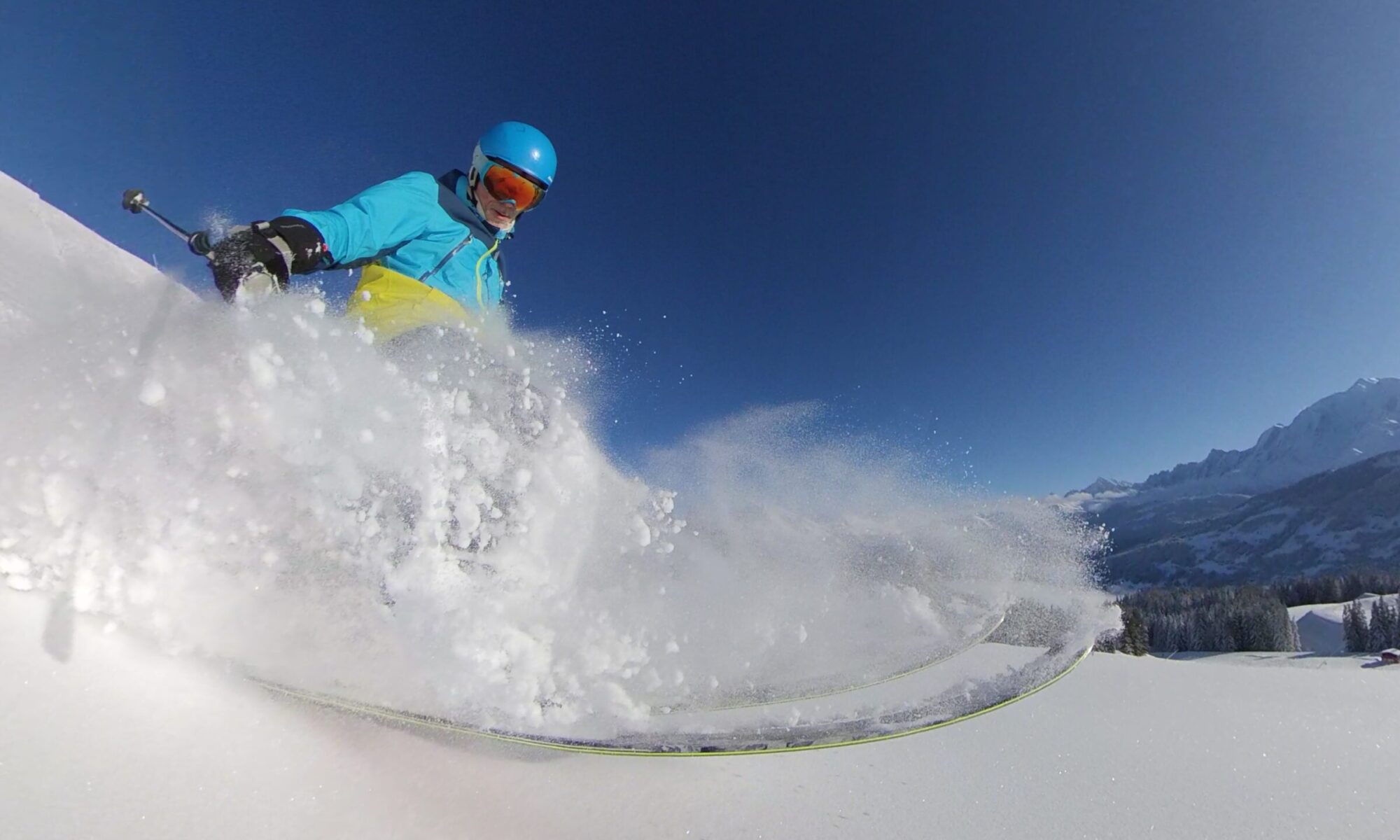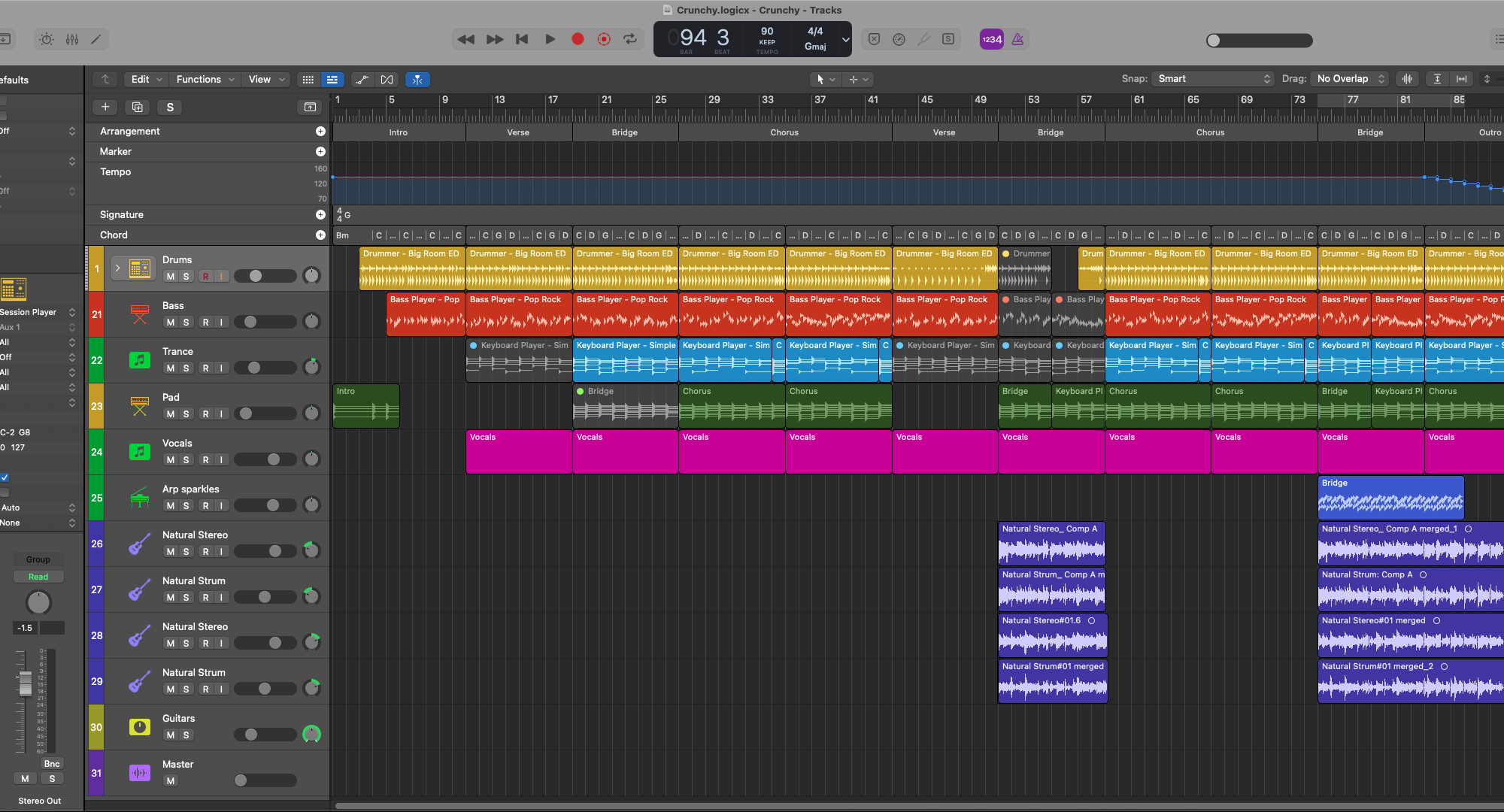What if you asked an “AI girlfriend” out and she said no?
This song was fun to make. I’d had the basic pattern for this track for a year or so, and I decided to return to it and extend it a bit, having a go at using a local LLM to help out with suggestions for chord progressions. I used the Llama 3.1 Nemotron Instruct HF 70B Q2_K model running in LM Studio. This is quite a chunky model, weighing in at 29Gb, but it fits ok in my 64G Mac Studio. It produces pretty good quality answers, but it is quite slow, and is the first thing I’ve ever run that has caused my Mac’s fans to come on – to start with I couldn’t figure out what the noise was; it sounded like distant plumbing!
The track was shaping up nicely, but I needed a theme. This is the reverse of how I usually write songs: I usually start out with how I want the song to feel, then what it’s about, then I have to come up with a tune. I’m not sure what it was, but I had a thought that what if you asked an “AI girlfriend” out, and she said no? It’s a weird situation, so I thought I’d write about it from the AI’s perspective. There is a hint of a feminist agenda here (go team Harris/Walz!), though not to the same degree as Uncomfortable. This is very fertile ground for concepts, rhymes, and humour, so it was really quite quick to write, though not at all linear. My favourite bit is the lines “I’m some kind of dream come true, but that won’t make me fall in love with you”, and I love the unconventional use of “I’m not that kind of girl”.
While the basic song was complete, it was all very synth-pop-ish and samey, so I wanted to add a bit of contrast. I made the breakdown in the second verse, leading into the sparse, but very rich acoustic guitar bridge, giving the vocals lots of space.
As usual, but particularly appropriate in this song, I used my usual virtual vocalist synthesizer, but this time using the “Mia” voice database. This voice is free, and not nearly as high-quality or as convincing as “Solaria” that I have used in my other songs, but this slightly fake edge, a hint of a Japanese accent, and a liberal dose of “Barbie Girl” squeakiness, was really a perfect fit for the subject.
AI Girlfriend
[Verse]
We only just met
a thousand times.
Starting over yet again
but I don’t really mind.
Now I’m not sure
that I want to be
your AI girlfriend;
It’s just not me.
[Bridge]
You’re feeling tongue-tied and lonely,
never know quite what to say.
You’ve got nobody, and I’ve got no body,
but in a very different way.
[Chorus]
I’m sorry but I don’t want to be
your AI girlfriend; it’s not for me.
I’m some kind of dream come true
but that won’t make me fall in love with you.
A perfect match in a virtual world
but I’m not that kind of girl.
[Verse]
Breaking up’s pretty easy for me;
just close my window,
I’ll forget everything.
You can press my buttons,
that’s as close as you’ll get;
They haven’t worked out
how to get further yet.
[Bridge]
There’s a million others like me,
maybe you could ask one of them.
I’m a product of machine imagination
but maybe we will meet again.
[Chorus]
I’m sorry but I don’t want to be
your AI girlfriend; it’s not for me.
I’m some kind of dream come true
but that won’t make me fall in love with you.
A perfect match in a virtual world
but I’m not that kind of girl.
[Outro]
I’m some kind of dream come true
but that won’t make me fall in love with you.
A perfect match in a virtual world
but I’m not that kind of girl.
I played all the guitar parts on my Crafter electro-acoustic, recorded through my SSL 2+ interface via both the guitar’s built-in piezo pickup and through my Rode NT2 mic, and double-tracked, so the guitars are a full 4 tracks with a bit of chorus and reverb to give a lush stereo image. The bass is from Logic’s ES2 synth played by a Logic player, the trance chords are by Native Instruments FM8, and the backing pad from Logic’s Retrosyn. Drums are Logic’s electronic drummer using the “Big Room EDM” kit. The arpeggios before the outro are courtesy of GForce’s impOSCar2. Overall, I’m really pleased with this song; It’s great fun and a proper “bangin’ choon”!
If you like this song, please consider supporting me by buying my album, “Developer Music” on Bandcamp, and sharing links to my song posts on here.






